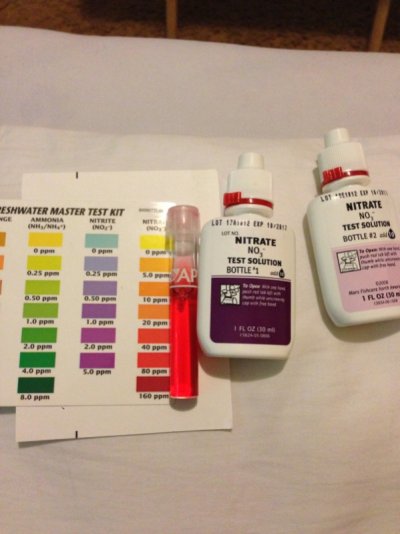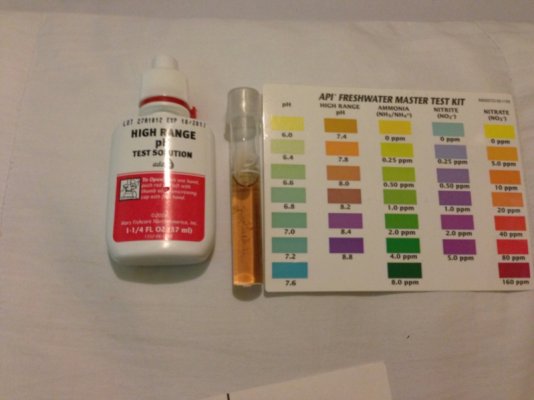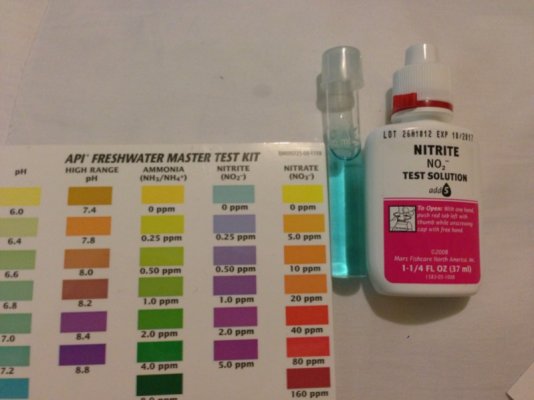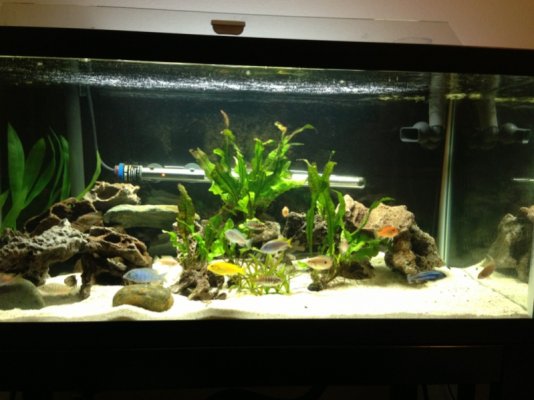rotorhead22
Aquarium Advice Freak
From the label on the bottle of Prime in front of me: "Prime detoxifies nitrite and nitrate, allowing the biofilter to more efficiently remove them."
Nitrate is converted into nitrogen gas, N2, which is the final stage of the nitrogen cycle. This is accomplished by bacterial species Pseudomonas and Clostridium in anaerobic conditions. They use the nitrate as an electron acceptor in the place of oxygen during respiration. These bacteria can also live in aerobic conditions.
Think about waste water treatment. How do you think it is that you can turn your faucet on and have 0 nitrates in it? It isn't because of partial water changes at the water treatment plant.
Under the proper conditions you can reduce Nitrate to close to zero. Its not easy, but it isn't impossible.
In a saltwater system, the reason for all the live rock, is to create the anaerobic conditions necessary for nitrate removal deep within the porous rock. These anaerobic conditions can also be created in freshwater systems. See seachem's De-Nitrate product. Very large pieces of lava rock also help replicate the anaerobic conditions found in live rock structures in SW tanks.
Phin, so does this mean you don't do any PWCs? Of course what you stated is true in a well balanced system, like an ocean or lake, or even a waste water treatment plant. FYI, tap water in many municipalities do contain low levels of Nitrates.
An easy and practical formula to forego PWC in our tanks to reduce Nitrates would be welcomed by many a freshwater fish keeper.
The facts: Denitrifying bacteria is anaerobic, which is why they are able to reduce NO3 to N2 and H2O; they get their oxygen by using Nitrates. So unless we have a deep sand bed (deeper than 5") to get anaerobic pockets, use the vodka method, use a denitrifying filter, or use use live rock, de-nitrifying bacteria will Not thrive. The reality is that we are stuck doing PWCs to reduce Nitrates in a freshwater tank although a refugium could be used to reduce the Nitrates some.




